Revising vs. Editing

Our school year is steadily moving along. Spring break is over and testing season is upon us. At this time of year students in all grade levels have higher expectations for the quality of writing they turn in.
"By the end of grade x, students will be able to..."
If they haven't met the writing standards yet, there are only a few months left before final report cards.
Writing can be one of the more challenging skills to master, and teachers also find it one of the more challenging to teach. In many ways, writing is subjective, yet there are rules and conventions to follow. Writing style is personal, yet correct usage is important.
A helpful distinction we can make for our students is the difference between revising and editing.
REVISING AND EDITING
Have you ever had a student who thought revising meant recopying their paper?
In Project GLAD® we separate the revising and editing processes into distinct lessons with the same text to help students distinguish between the tw...
How do you motivate students who don't want to engage?

Have you ever felt completely unmotivated? We’ve all been there. And so have our students.
All teachers struggle from time to time with engaging unmotivated students. It begs the question, why aren’t they engaged? At the most basic level, student need to have their physical and psychological needs met in order to learn. You may be familiar with the phrase, “Maslow before Bloom”. Students who are tired, hungry, lonely, scared, frustrated… face an invisible barrier to engage fully in the learning process.
Today, we’re focusing on meeting students’ needs in one of these areas: love and belonging.
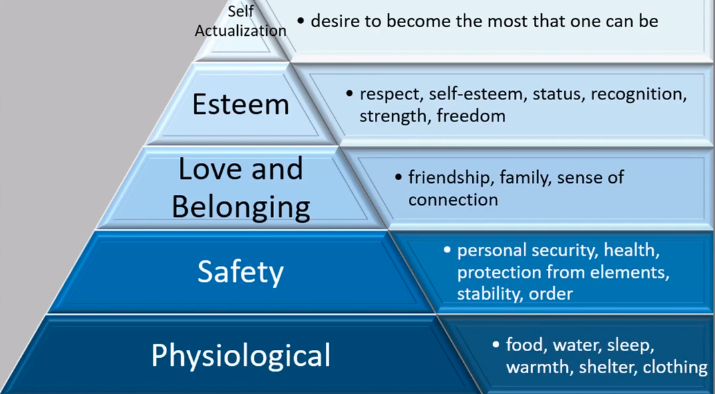
“Feeling personally accepted, respected, included, and supported in the school environment makes students feel they belong to a school (Taylor & Sobel, 2011). Students who lack a sense of belonging are often unmotivated and non-participative.” (OCDE Project GLAD Learning Guide, 2015)
How to enhance a sense of belonging in the classroom
Those of you who were trained by us in Project GLAD...
Teaching Grammar through the SPC

What’s the first thing that comes to mind when you think of teaching grammar? Anticipation? Dread? Or just plain… b-o-r-i-n-g?
Understanding grammar is necessary for English learners and native speakers to understand, speak, read, and write the English language properly. But it doesn’t have to be complicated, dull or scary!
Simply put, grammar is the study of sentence structure.
All you really need are a few basic guidelines and the Project GLAD® strategy called the Sentence Patterning Chart, or SPC.
Tips for teaching grammar
- Teach the basics
Beginning language learners need to know 3 basic grammar rules:
- Parts of speech
- Subject-Verb agreement (Who’s doing the action?)
- Verb Tense (When is the action happening?)
- Teach what students need
Once your students have the basics, all the other grammar points and skills can be taught in any order. Yep, you heard me right. In any order.
Linguist, Stephen Krashen, developed 5 hypotheses for language acquisition, one o...
Set the Tone with a Tune

Set the Tone with a Tune
Your brain is a lean mean music machine!
There are multiple parts of the brain that like to get in on the dance. And the Mighty Amygdala is no wallflower. The amygdala has three layers of cells. The top layer picks up its cue from smells, seeing faces, and sounds - especially the sounds of music, happy music! This feeds directly into our emotional response.
Music can generate an atmosphere of well-being and positivity. It can calm and relax. It can spark the flow of ideas and creativity. It can focus and target brain waves for concentration.
Experiencing music together creates a sense of group cohesion.
Music becomes even more uniting when we add collective movement to the rhythm and beat, like snapping fingers, clapping hands, or tapping feet together. Adding movement (TPR - Total Physical Response) also ignites neuroplasticity across the group.
Bring on the music… but use it intentionally.
Choose the tune to set the tone for the intended goal.
Sel...
Be An Airhead
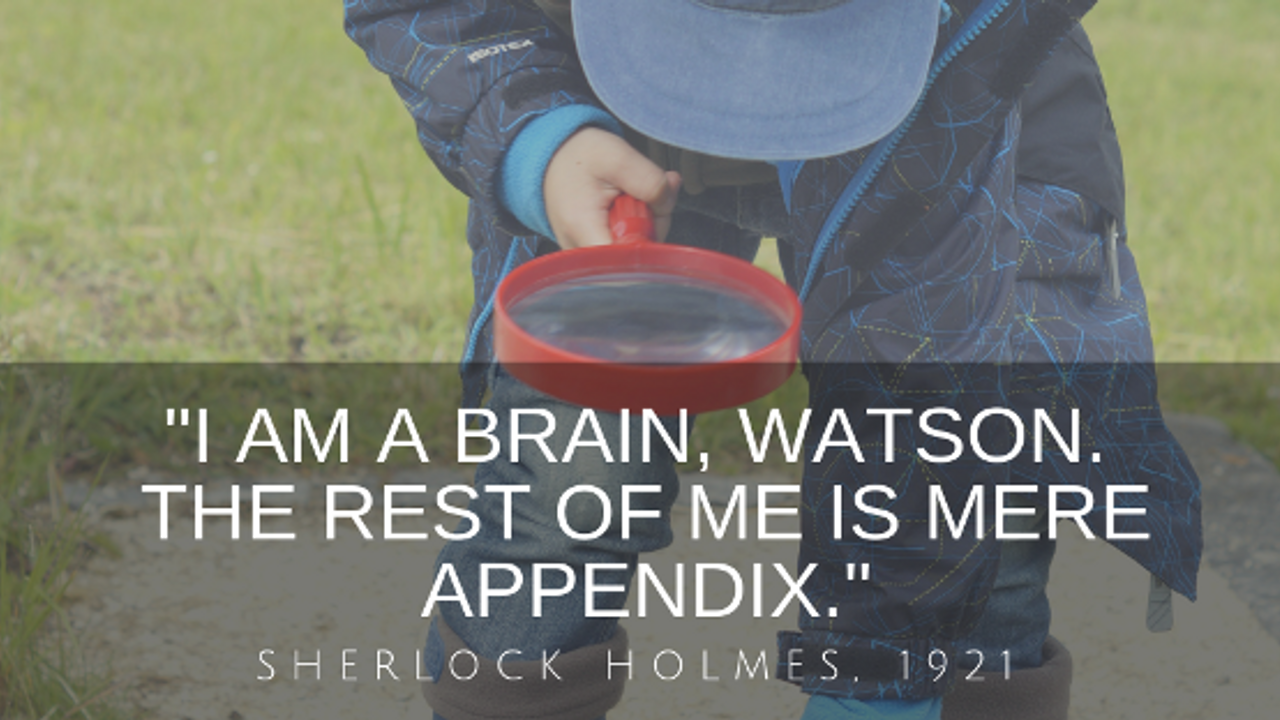
This month we’re diving deeper into the mysterious, marvelous brain! Our goal is to teach students the research behind neuroplasticity and generate their belief that “My brain can learn!”
Our tip for this month is to share with your students the Why behind your teaching practice. Oftentimes, this is all a reluctant learner needs to get hooked into all this “color-coded-singing-moving-around-the-room-stuff”. This is particularly true for older students. Here are 3 brain tips and how they relate to teaching with Project GLAD® strategies.
Pictures make a difference
Concepts are more likely to be remembered and recalled if taught through pictures in addition to their corresponding words. This is known as the Pictorial Superiority Effect. Pictures are superior to words when it comes to the response time for recognizing information. If the image moves, the information is retained even longer.
In Project GLAD®, all our teaching that involves new learning is done through an input chart,...
What do you do when team points lose pizzazz?
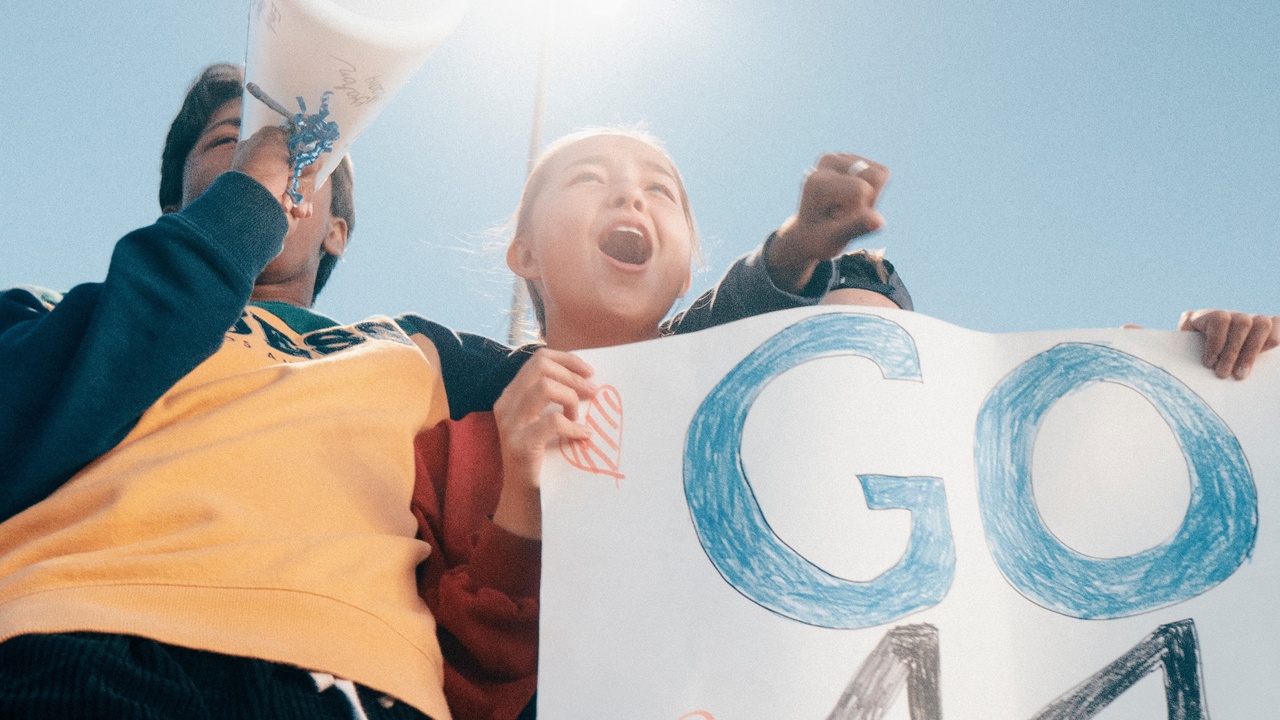
The T-Graph for Social Skills and its companion, Team Points, are a foundational strategy to foster positive interdependence for student teams. The teams don't earn anything extrinsic for having the most points. There are no pizza parties, candy, or stickers. The points themselves ARE enough extrinsic motivation to create the intrinsic motivation we want to see in our teams for pro-social behaviors.
The emotional reward of earning points for demonstrating our focus social skill creates a metacognitive barometer for the student. "If we do ____, then ____ happens."
But, let's be honest here.
Does any routine stay fresh and exciting for the whole year?
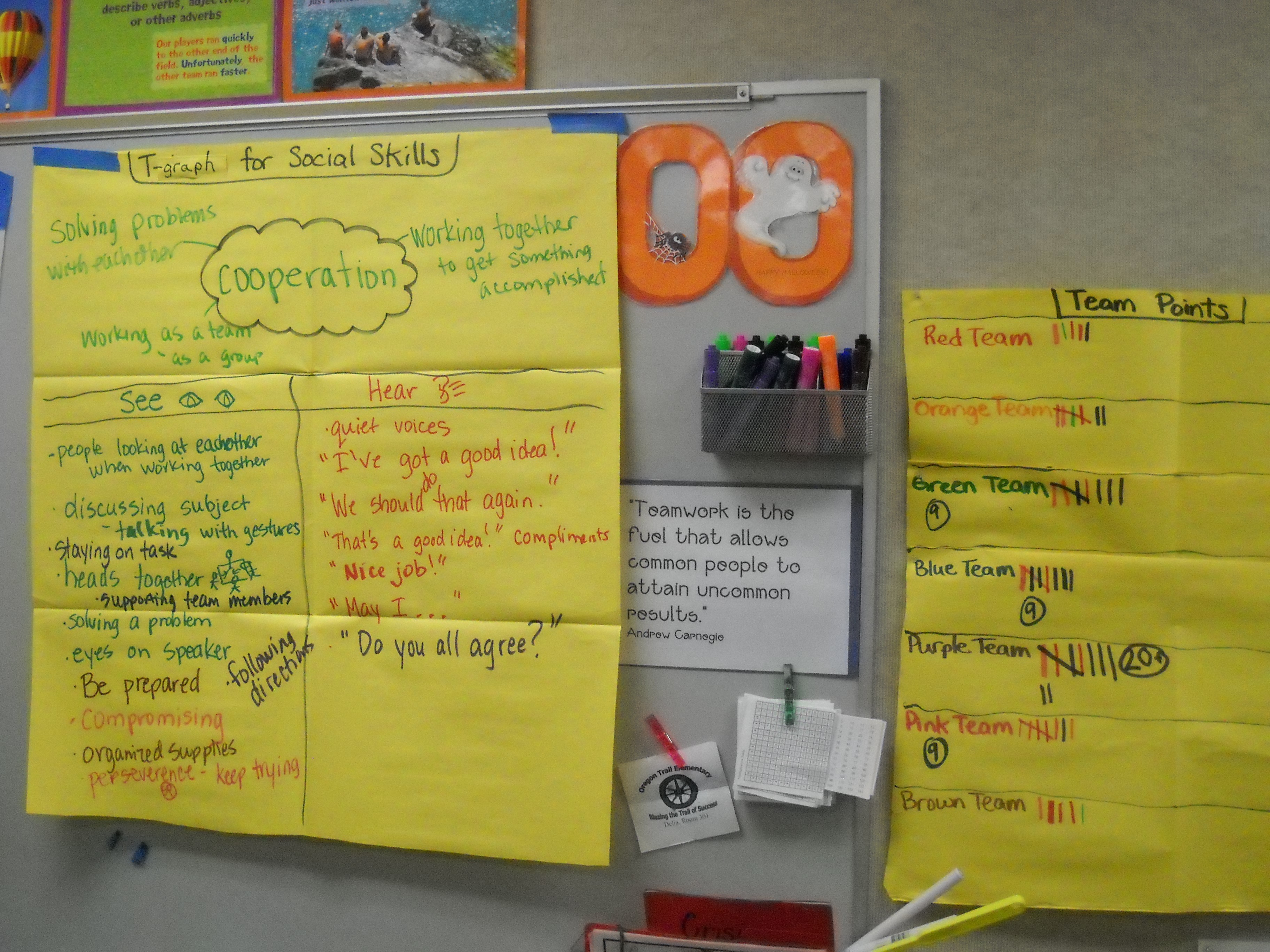
We are approaching the time of year most teachers have a pretty smooth running ship. Heads up! There will be times, such as returning from winter or spring breaks (or a pandemic closure), testing season, or the end of the year in sight, and many of us need to take some time to review classroom rules and reestablish routines. ...
What if scouts only pick their friends?
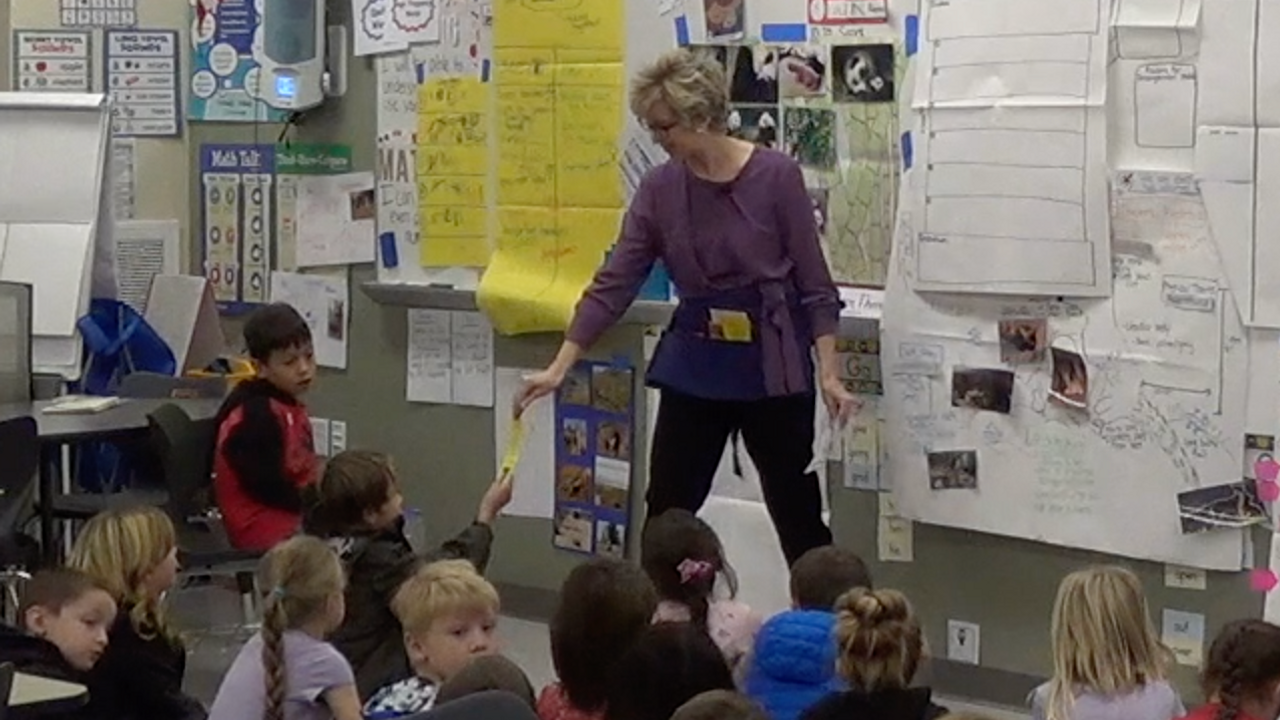
Literacy Awards reinforce the Three Personal Standards. They motivate students, provide immediate feedback, and build on language, literacy and content matter. Layers upon layers of support!
One common worry when teachers start using scouts with Literacy Awards is a fair and equal distribution of awards. Because Literacy Awards are so motivating in changing personal behavior, teachers are tempted to make sure everyone earns the same number of awards daily.
We have seen teachers overcompensate by creating tracking systems for who has earned an award. This is time consuming and not necessary. You have too much on your plate to add a Literacy Award checklist!
Another frequently asked question about Literacy Awards is…
What if scouts only pick their friends?
Teaching the routine for how scouts will choose classmates, identify the personal standard exhibited by that classmate, and passing out awards is an important part of the process. Students...
Say My Name: Personal Interactions foster awareness and respect
The start of the school year is upon us and you will have, undoubtedly, seen your class list by now or you may already have met your new class. Unfortunately, a ritual that plays out in classrooms across the world on the first day of school is that teachers unintentionally mispronounce students’ names. The familiar scenario is the teacher mangles the name or doesn’t even attempt it and will try to cover by saying something like, “I’m not sure how to say this”, or laughing at themselves for the mistake. The student will then either try to correct the teacher, will say nothing, or will offer a nickname or Anglicized name as a replacement. The teacher internally breathes a sigh of relief that Eun Kyung can be called Sally, and everyone moves on. But has Eun Kyung moved on? What’s happening inside her head right now?
A simple act like not being able to pronounce a name may seem innocuous to us but can have devastating consequences for students. In Project GLAD® training we discuss validat...
Gather Images "Old School"
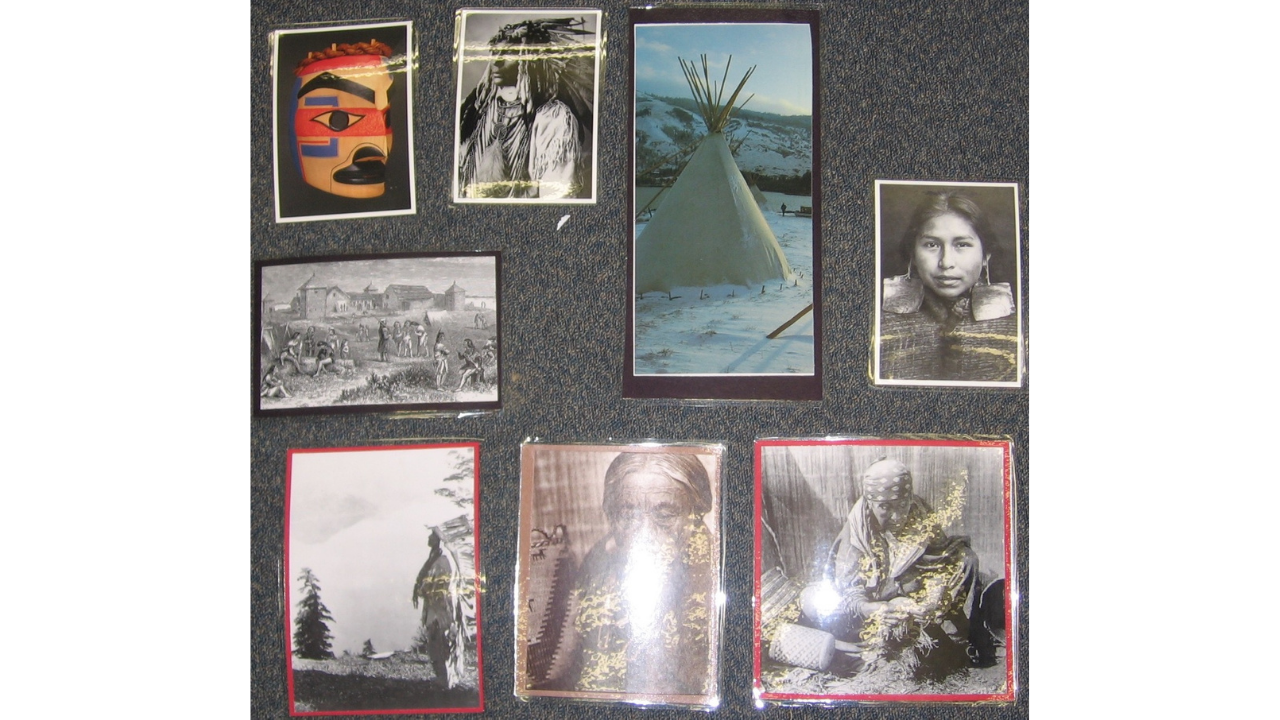
A number of years ago, I called my teaching partner and excitedly told her I was down at Pike Place Market in Seattle, and I found a treasure trove of postcards with historical images of Native people. I was buying them all up and we had a ready-made set of images for our upcoming Native American unit. I was so excited!
It happened to be December 31st.
Her reply was not as enthusiastic. “I thought you were calling to invite me out for New Year’s Eve, but you’re calling to talk about Picture File Cards?”
Ok, I’m kind of a GLAD geek, I have been for years, and am proud of it! I will also disclose that this conversation happened in the early years of my teaching career in the days before Google images and the one-button print and done! But there are many of us out there who still go “old-school” at times to find images for picture file cards, either as a preference or because of printing limitations.
Where can you find free images for Picture File Cards when you don’t have an unlimit...
Using GLAD®to Prep for Assessments
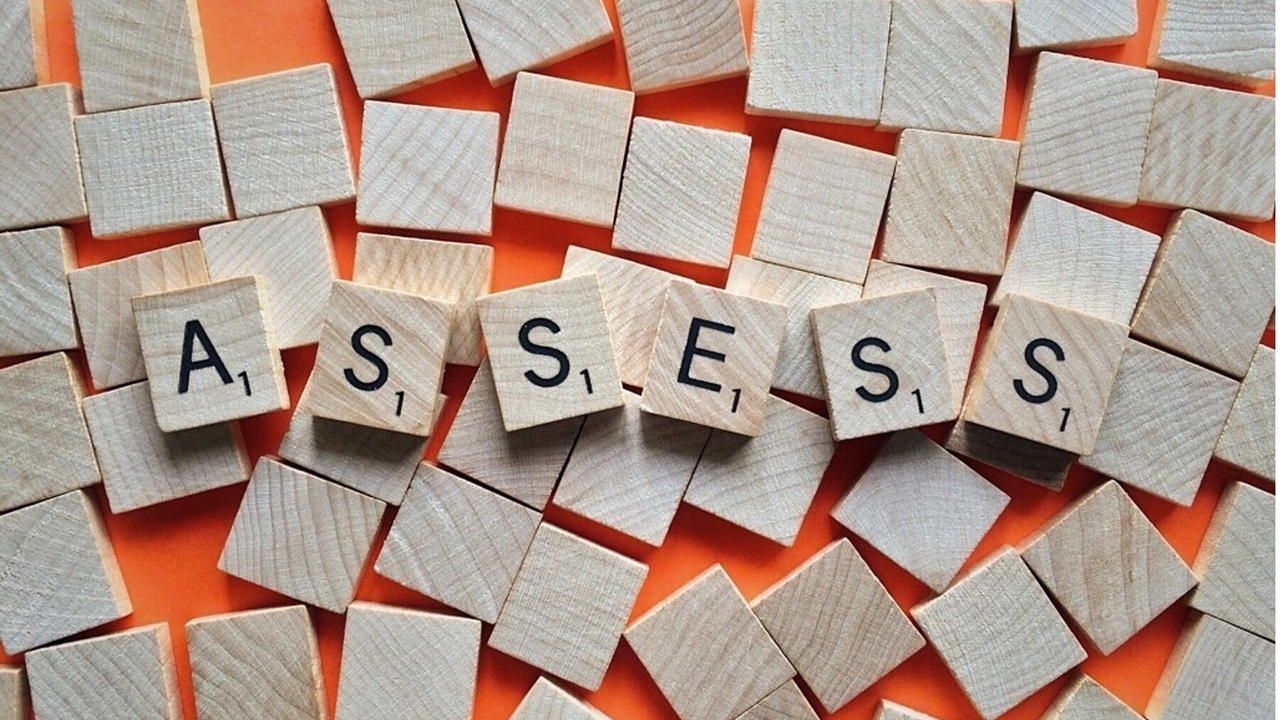
The weather is warm, the flowers are blooming. That means it's assessment season! Sorry, you'll never look at spring the same way again.
Whether gearing up for a classroom-based assessment or one that is more formal, teachers usually ask,
"Does the GLAD® model include any strategies for summative assessment, or to help students prepare for summative assessment?"
The Graffiti Wall is just such a strategy! We don't often have time to model it in a training, so if you haven't seen it yet here are some tips.
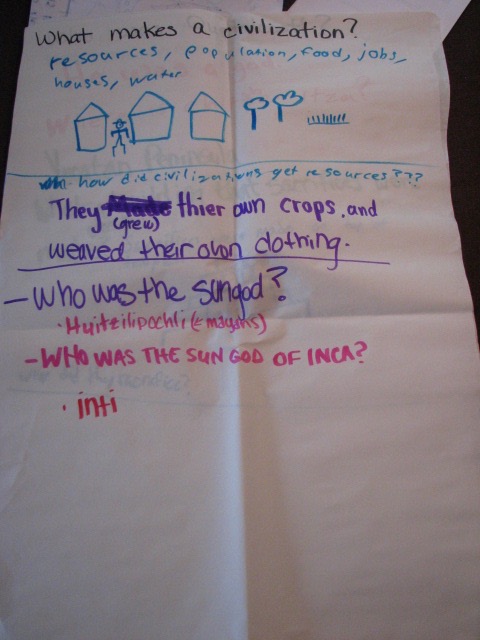
- The teacher composes test questions for the number of teams in the class. One question each is written at the top of a piece of chart paper and they are placed around the room.
- You may choose to hang the question chart next to another chart that could be a resource for the answer.
- The questions can be written in black ink, the teacher color, or the color of the corresponding team that will begin at that chart.
- Teams go to a chart and answer the question using a m...


